Home>Garden Essentials>Garden Plants>How Long Can Thyme Last
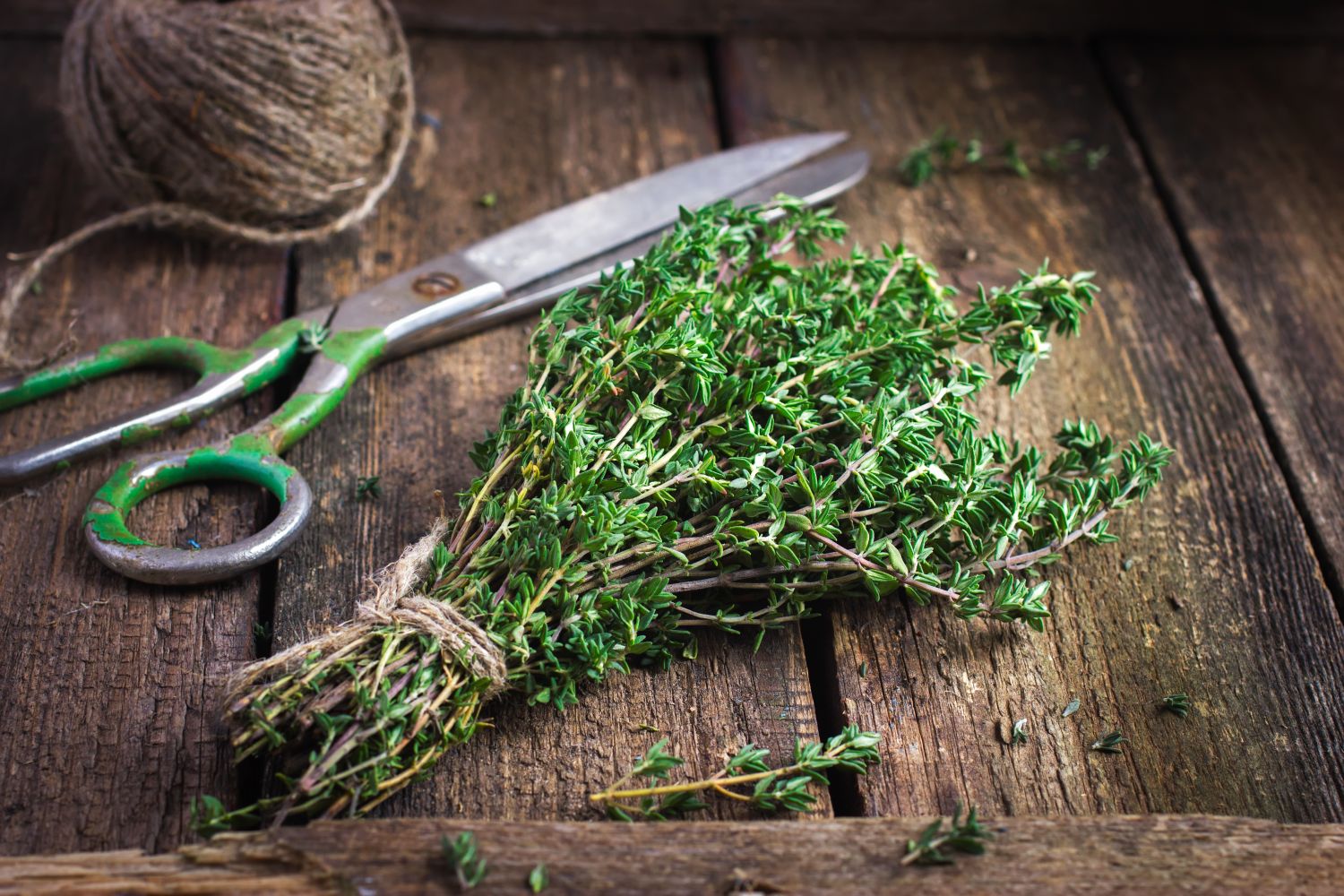

Garden Plants
How Long Can Thyme Last
Modified: May 6, 2024
Discover the longevity of thyme plants and learn how to make them last for an extended period. Find helpful tips and tricks to ensure your thyme plants thrive.
(Many of the links in this article redirect to a specific reviewed product. Your purchase of these products through affiliate links helps to generate commission for Storables.com, at no extra cost. Learn more)
Introduction
Welcome to the fascinating world of plants, where nature’s incredible diversity never ceases to amaze. One such plant that holds a special place in both culinary and medicinal realms is thyme. With its aromatic leaves and distinct flavor, thyme has become a staple ingredient in kitchens around the world.
Whether you’re a culinary enthusiast or a lover of herbal remedies, understanding the shelf life of thyme is essential. Knowing how long thyme can last will help you make the most of this versatile herb and ensure its freshness for your culinary creations or healing potions.
In this article, we will explore the factors affecting thyme’s shelf life, proper storage techniques, signs of spoiled thyme, and ways to extend its lifespan. So, let’s dive into the world of thyme and unlock the secrets hidden within its fragrant leaves.
Key Takeaways:
- Make the most of your thyme by storing it properly. Fresh thyme can last 1-2 weeks in the refrigerator, while dried thyme can maintain its flavor for up to 6 months to a year.
- Extend the shelf life of thyme with freezing, drying, or infusing techniques. These methods preserve the flavor and aroma, allowing you to savor thyme’s unique taste throughout the year.
Read more: How Long Will Fresh Thyme Last In The Fridge
Factors Affecting Thyme’s Shelf Life
The shelf life of thyme can be influenced by several factors. Understanding these factors will help you determine how long your thyme will stay fresh and flavorful.
1. Freshness at the time of purchase: The initial quality of the thyme you purchase plays a significant role in determining its shelf life. Choose fresh-looking thyme with vibrant green leaves and a strong aroma.
2. Storage conditions: Proper storage is crucial in preserving the shelf life of thyme. Factors such as temperature, humidity, and exposure to light can affect its longevity. Thyme should be stored in a cool and dry place, away from direct sunlight.
3. Packaging: The packaging of thyme can impact its shelf life. If you purchase fresh thyme from a grocery store, check for any damaged or wilted leaves. Opt for tightly sealed packages or consider storing fresh thyme in airtight containers at home.
4. Handling and care: How you handle thyme can affect its longevity. Gentle handling and avoiding excessive bruising or crushing of the leaves can help maintain its freshness.
5. Pesticide residues: If you grow your own thyme or purchase it from organic sources, it is important to be mindful of potential pesticide residues. Organic thyme is generally free from synthetic chemicals, which can prolong its shelf life.
6. Quality of drying or preservation methods: If you choose to dry your thyme or preserve it in other forms such as oils or vinegars, the quality of the preservation method will impact its shelf life. Properly dried and preserved thyme can stay flavorful for an extended period.
Remember, while thyme does have a shelf life, it can still be used even after it begins to lose its freshness. The flavor and potency may diminish over time, but it can still add a delightful touch to your culinary dishes or herbal remedies.
Proper Storage of Thyme
Proper storage is key to preserving the freshness and flavor of thyme. Follow these guidelines to ensure your thyme stays at its best:
1. Fresh thyme:
- Trim the ends of the thyme stems and remove any wilted leaves.
- Wrap the thyme loosely in a slightly damp paper towel or place it in a dampened herb storage bag.
- Store it in the refrigerator’s vegetable crisper drawer, where the temperature is cool and stable.
- Use fresh thyme within 1-2 weeks for optimal flavor and freshness.
2. Dried thyme:
- Store dried thyme in airtight containers, such as glass jars or plastic containers with tight-fitting lids.
- Place the containers in a cool, dark pantry or cupboard away from direct sunlight.
- Avoid storing dried thyme near heat sources like stoves or ovens, as exposure to heat can cause flavor loss.
- Properly stored dried thyme can maintain its flavor for up to 6 months to a year.
3. Frozen thyme:
- Wash and dry the thyme leaves thoroughly.
- Strip the leaves from the stems and place them in a freezer-safe container or freezer bag.
- Label the container or bag with the date and store it in the freezer.
- Frozen thyme can retain its flavor for up to 6 months.
Always remember to use clean hands, utensils, or containers when handling and storing thyme. This helps prevent the introduction of bacteria or contaminants that could spoil the herb.
By following these storage tips, you can extend the shelf life of thyme and ensure that its flavors and aromas are preserved for your culinary and herbal preparations.
Signs of Spoiled Thyme
Thyme, like any herb, can eventually spoil if not stored properly or used within a reasonable time frame. Here are some signs to look out for to determine if your thyme has gone bad:
1. Discoloration: If you notice that the vibrant green color of your thyme has turned brown or yellow, it is a clear sign of spoilage. Fresh thyme should maintain its bright green hue.
2. Foul odor: Thyme typically has a strong, pleasant aroma. If your thyme emits a foul or musty smell, it indicates that it has deteriorated and is no longer suitable for use.
3. Slimy texture: Spoiled thyme may develop a slimy or sticky texture. If the leaves feel slimy or cling together, it is best to discard the herb.
4. Mold or mildew: The presence of mold or mildew on thyme is a definite indication of spoilage. Mold can appear as fuzzy growth or dark spots on the leaves. If you notice any signs of mold, it is crucial to discard the entire batch of thyme.
It’s important to note that the signs above indicate spoilage and the herb should not be consumed. Using spoiled thyme can result in adverse effects on taste, aroma, and potentially even health.
By inspecting your thyme for these signs of spoilage, you can ensure that you are using fresh and safe ingredients in your culinary endeavors or natural remedies.
Store fresh thyme in the refrigerator wrapped in a damp paper towel and placed in a plastic bag. It can last up to two weeks this way. Alternatively, you can freeze thyme for up to 6 months.
Extending the Shelf Life of Thyme
If you want to prolong the shelf life of your thyme and maximize its usability, here are some tips to help you extend its freshness:
1. Proper washing and drying: Before storing fresh thyme, make sure to wash it gently under cool running water to get rid of any dirt or debris. Pat the leaves dry with a clean kitchen towel or use a salad spinner to remove excess moisture. Drying the thyme properly helps prevent mold and bacterial growth.
2. Freeze the leaves: Freezing thyme is an excellent way to preserve its flavor for an extended period. Strip the leaves from the stems and place them in ice cube trays. Fill each section with water or olive oil and freeze. Once frozen, transfer the thyme cubes to a freezer bag or container. Frozen thyme can last up to a year.
3. Make herb-infused oils or vinegars: Preserving thyme in oil or vinegar not only prolongs its lifespan but also infuses the liquid with its flavors. Place washed and thoroughly dried thyme sprigs in a jar and cover them with your choice of oil (such as olive oil) or vinegar (such as white wine vinegar). Seal the jar tightly and store it in a cool, dark place. This infused oil or vinegar can be used in dressings, marinades, or sauces, and it will keep the thyme flavors intact for months.
4. Dehydrate or air-dry: If you have an abundance of fresh thyme, consider dehydrating or air-drying it. Lay the thyme sprigs on a baking sheet or hang them in a well-ventilated area away from direct sunlight. Allow the leaves to dry completely until they become brittle. Crush the dried leaves and store them in an airtight container. This way, you can enjoy the flavor of thyme all year round.
Remember, while these methods can extend the shelf life of thyme, it’s important to note that the flavor and potency may gradually diminish over time. Always use your judgment and sensory analysis to ensure the quality of the preserved thyme before incorporating it into your dishes.
By employing these preservation techniques, you can make the most of your thyme harvest and savor its delightful aroma and taste long after its growing season.
Read more: How Long Can Carpet Last
Using Dried Thyme
Dried thyme is a convenient and versatile ingredient that can be used in a variety of culinary dishes. While the flavor profile may differ slightly from fresh thyme, it still offers a delightful herbaceous taste to your recipes. Here are a few ways you can use dried thyme:
1. Seasoning: Dried thyme is a classic seasoning that pairs well with a range of foods. It adds depth and complexity to savory dishes like stews, soups, and roasted meats. Sprinkle a pinch or two of dried thyme into your culinary creations to enhance their flavor.
2. Spice blends: Dried thyme is a common ingredient in many spice blends such as herbes de Provence or Italian seasoning. These blends can be used to elevate the taste of grilled vegetables, pasta sauces, or even homemade bread. Experiment with different spice combinations to find your favorite flavor profiles.
3. DIY tea blends: Dried thyme can be used to make a soothing and aromatic herbal tea. Steep a teaspoon of dried thyme in boiling water for a few minutes, strain, and enjoy a warm cup of thyme-infused tea. This is not only a delicious beverage but can also provide potential health benefits due to thyme’s natural compounds.
4. Infused oils and vinegar: Dried thyme can be infused into oils or vinegars to create flavorful bases for dressings, marinades, and sauces. Simply combine dried thyme with the liquid of your choice in a sealed container and allow it to infuse for a period of time. Strain the thyme from the infused liquid, and you’ll have a tasty and fragrant addition to your culinary creations.
5. Culinary garnish: Sprinkle a pinch of dried thyme over finished dishes as a decorative and aromatic garnish. It adds a burst of earthiness and visual appeal to your plates.
Remember to use dried thyme sparingly, as it has a more concentrated flavor compared to fresh thyme. Start with smaller quantities, taste as you go, and adjust according to your preferences.
Whether you’re a home cook or a culinary enthusiast, dried thyme is a pantry staple that can elevate your dishes with its distinctive flavor and aroma. Experiment with different recipes and enjoy the convenience of having this versatile herb readily available in your kitchen.
Frequently Asked Questions
1. How long does thyme typically last?
The shelf life of thyme can vary depending on factors such as freshness at the time of purchase and storage conditions. Generally, fresh thyme can last 1-2 weeks when stored properly in the refrigerator, while dried thyme can maintain its flavor for up to 6 months to a year.
2. How can I tell if thyme has gone bad?
Signs of spoiled thyme include discoloration, a foul odor, slimy texture, and the presence of mold or mildew. If you notice any of these signs, it’s best to discard the herb.
3. Can I freeze thyme for extended storage?
Absolutely! Freezing thyme is an effective method to extend its shelf life. Strip the leaves from the stems, store them in freezer-safe containers or bags, and freeze. Frozen thyme can last up to 6 months.
4. Can I dry thyme at home?
Yes, you can dry thyme at home. Strip the leaves from the stems and lay them in a single layer on a baking sheet or hang them in a well-ventilated area away from direct sunlight. Allow the leaves to air-dry completely until they become crispy. Crush the dried leaves and store them in an airtight container.
5. How can I use dried thyme in cooking?
Dried thyme can be used as a seasoning in stews, soups, roasted meats, spice blends, and as a garnish. It can also be used to make flavorful infused oils or vinegars and even brewed into a comforting herbal tea.
6. Can I substitute dried thyme for fresh thyme in recipes?
Yes, dried thyme can be substituted for fresh thyme in recipes. Use approximately one-third of the amount of dried thyme called for in the recipe. Remember to adjust the quantity according to your taste preference, as dried thyme has a more concentrated flavor.
7. Can I use expired thyme?
While it is best to use thyme within its recommended shelf life, expired thyme can still be used. However, the flavor and potency may have diminished, so it is advisable to use it in larger quantities or as a background flavor rather than a prominent one.
It’s always important to trust your senses and exercise caution when using expired or questionable thyme. When in doubt, it’s safer to discard and use a fresh batch.
Conclusion
Thyme, with its aromatic and flavorful leaves, is a beloved herb that adds depth and complexity to culinary dishes and herbal remedies. Understanding the factors that affect thyme’s shelf life and practicing proper storage techniques can help you maximize its freshness and ensure its usability for an extended period.
By carefully selecting fresh thyme, storing it in the right conditions, and being vigilant for signs of spoilage, you can enjoy the delightful taste and aroma it brings to your cooking. Whether you choose to use fresh thyme, dried thyme, or preserved thyme in oils or vinegars, there are numerous ways to integrate this versatile herb into your culinary creations.
Remember to explore the various techniques for extending the shelf life of thyme, such as freezing, drying, and infusing. These methods not only help you preserve the flavor of thyme but also allow you to savor its unique taste throughout the year.
Incorporating thyme into your cooking not only enhances the overall flavor profile of your dishes but also adds potential health benefits. Thyme is known for its antimicrobial, antioxidant, and anti-inflammatory properties, making it a valuable addition to your diet.
Whether you’re a seasoned chef or a novice cook, understanding thyme’s shelf life and how to make the most of it will help you elevate your culinary creations and further explore the world of herbs and flavors.
So, stock up on fresh or dried thyme, employ proper storage techniques, and let this remarkable herb infuse your dishes with its captivating aroma and taste. Happy cooking!
Now that you've got the scoop on keeping thyme fresh, why not spruce up your garden's boundaries as well? Our next piece offers brilliant ideas for garden fences that are not only practical but also add a touch of style to your green space. Whether you're looking for privacy, protection, or simply to beautify your garden, these fencing solutions are sure to inspire. Don't miss out on transforming your garden into a delightful and secure retreat.
Frequently Asked Questions about How Long Can Thyme Last
Was this page helpful?
At Storables.com, we guarantee accurate and reliable information. Our content, validated by Expert Board Contributors, is crafted following stringent Editorial Policies. We're committed to providing you with well-researched, expert-backed insights for all your informational needs.

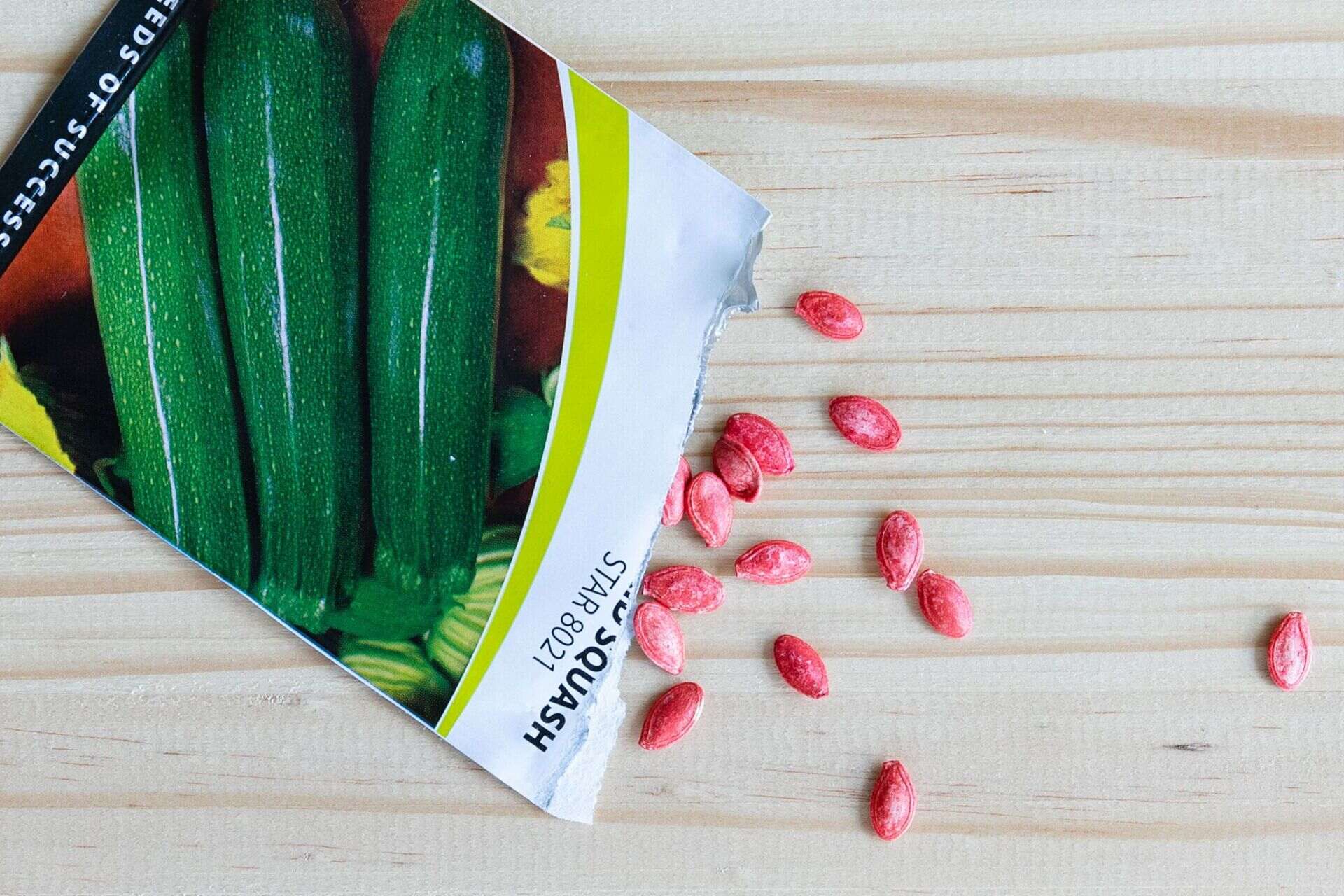
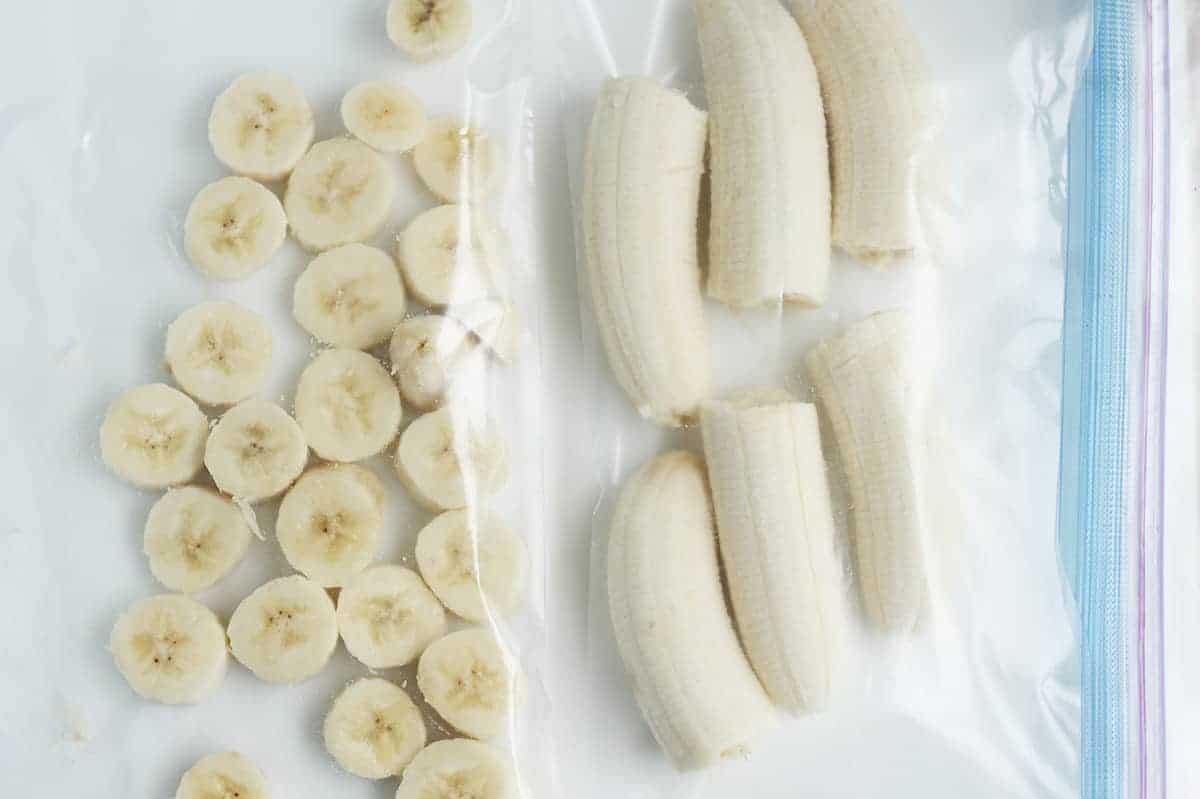
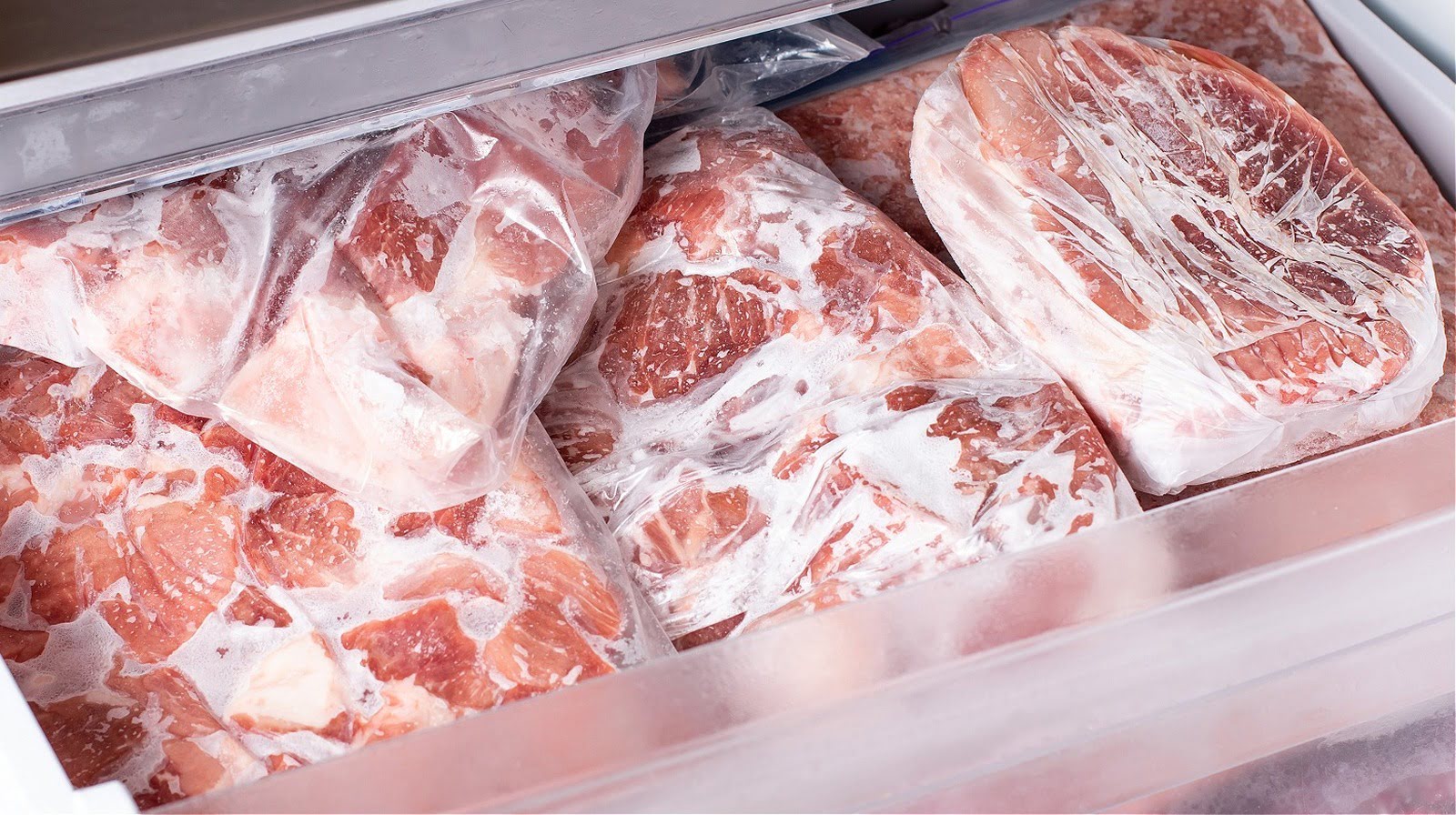
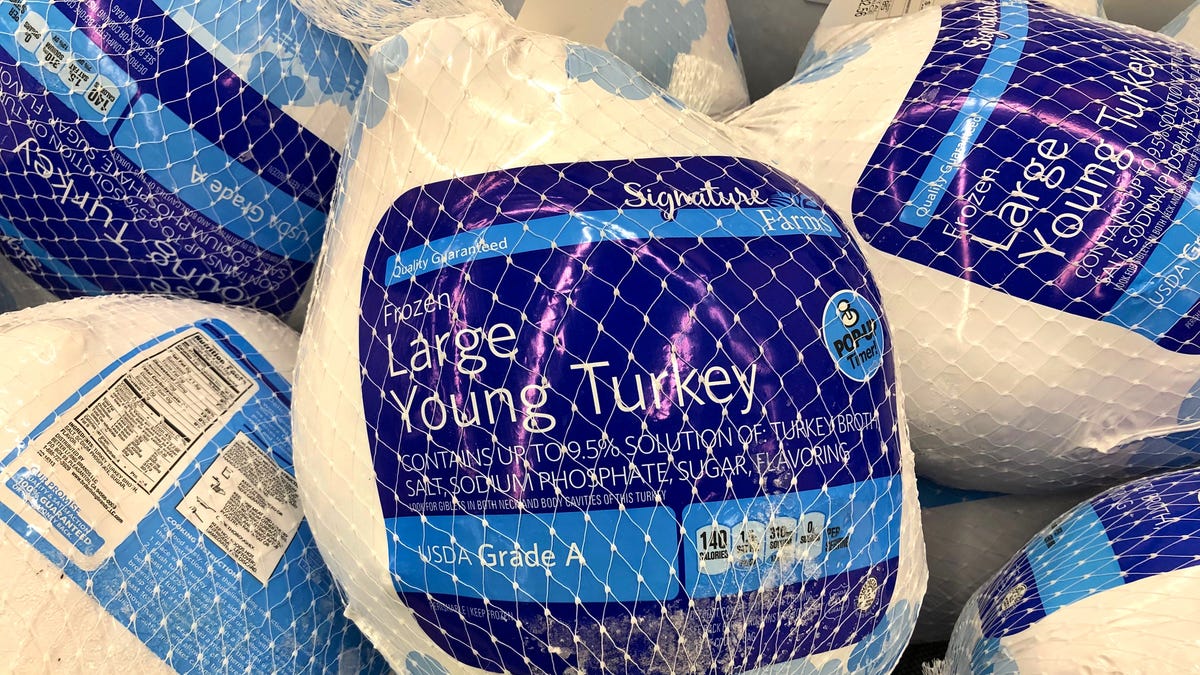
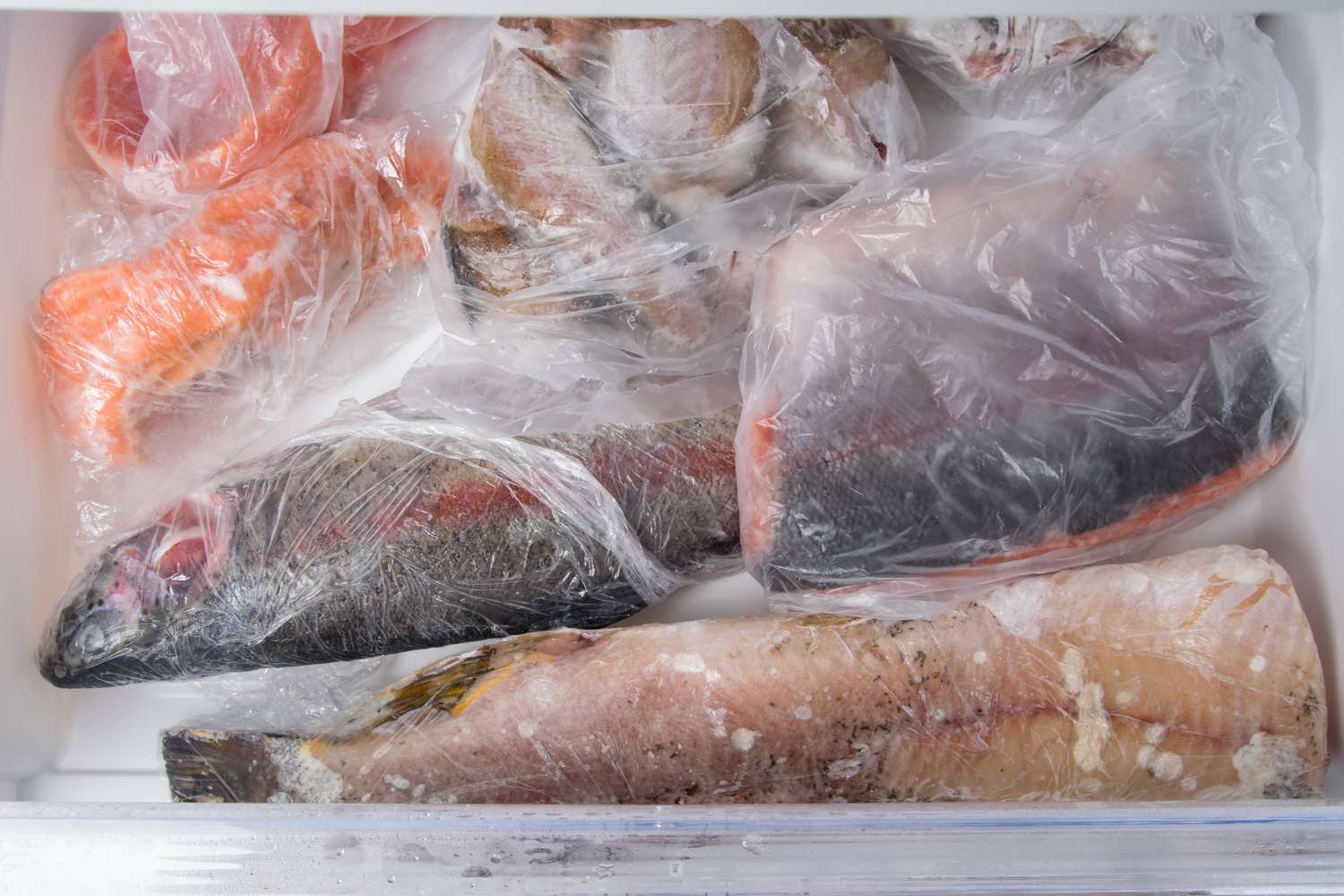
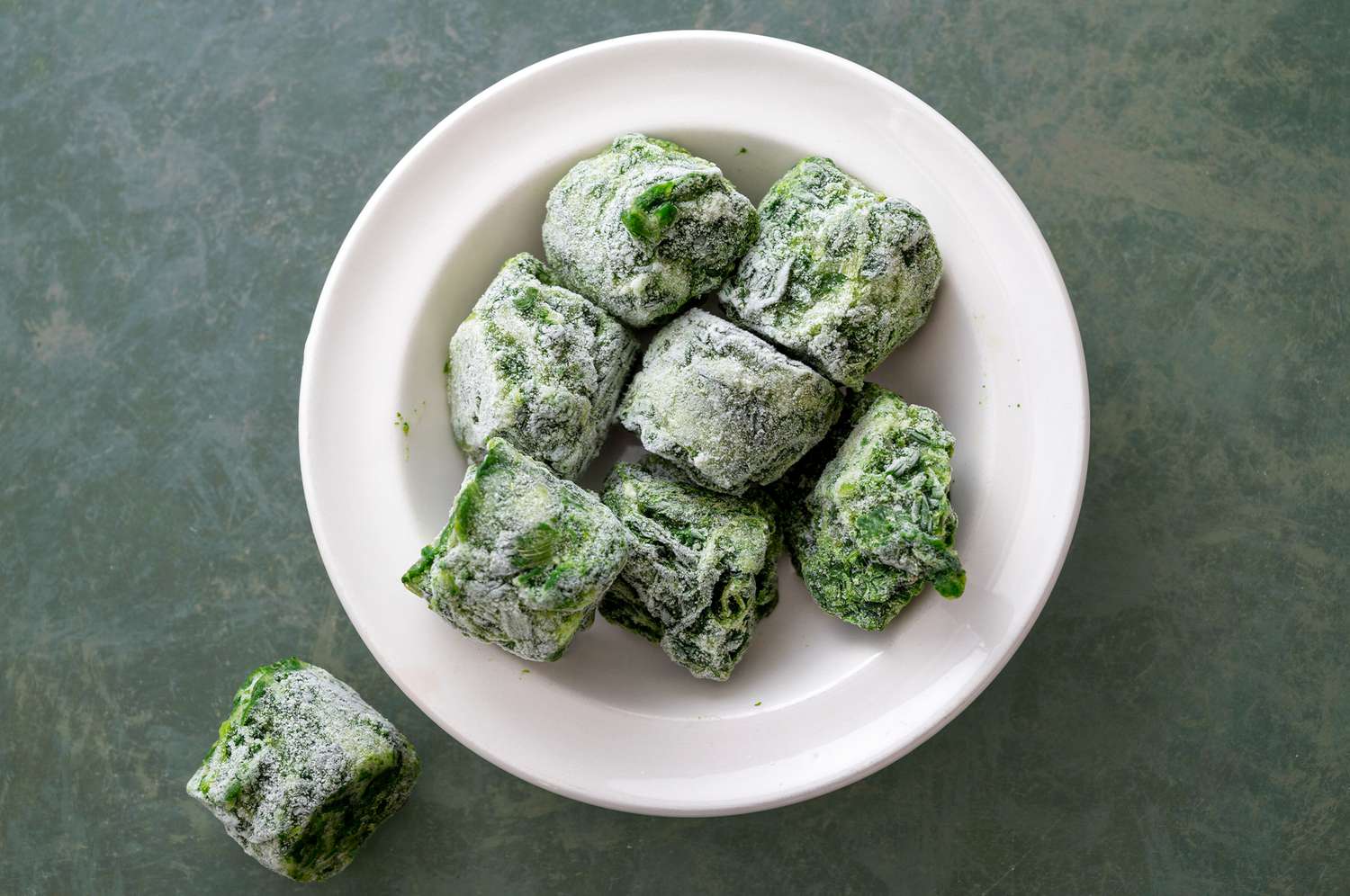
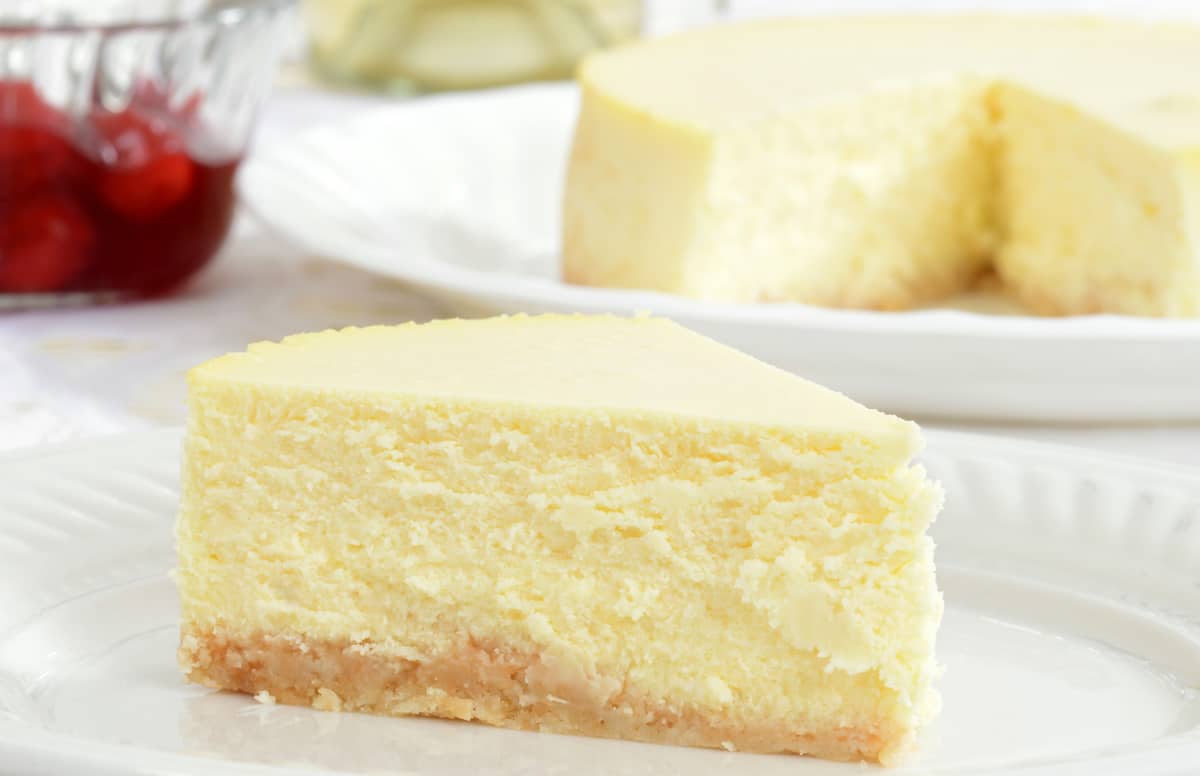

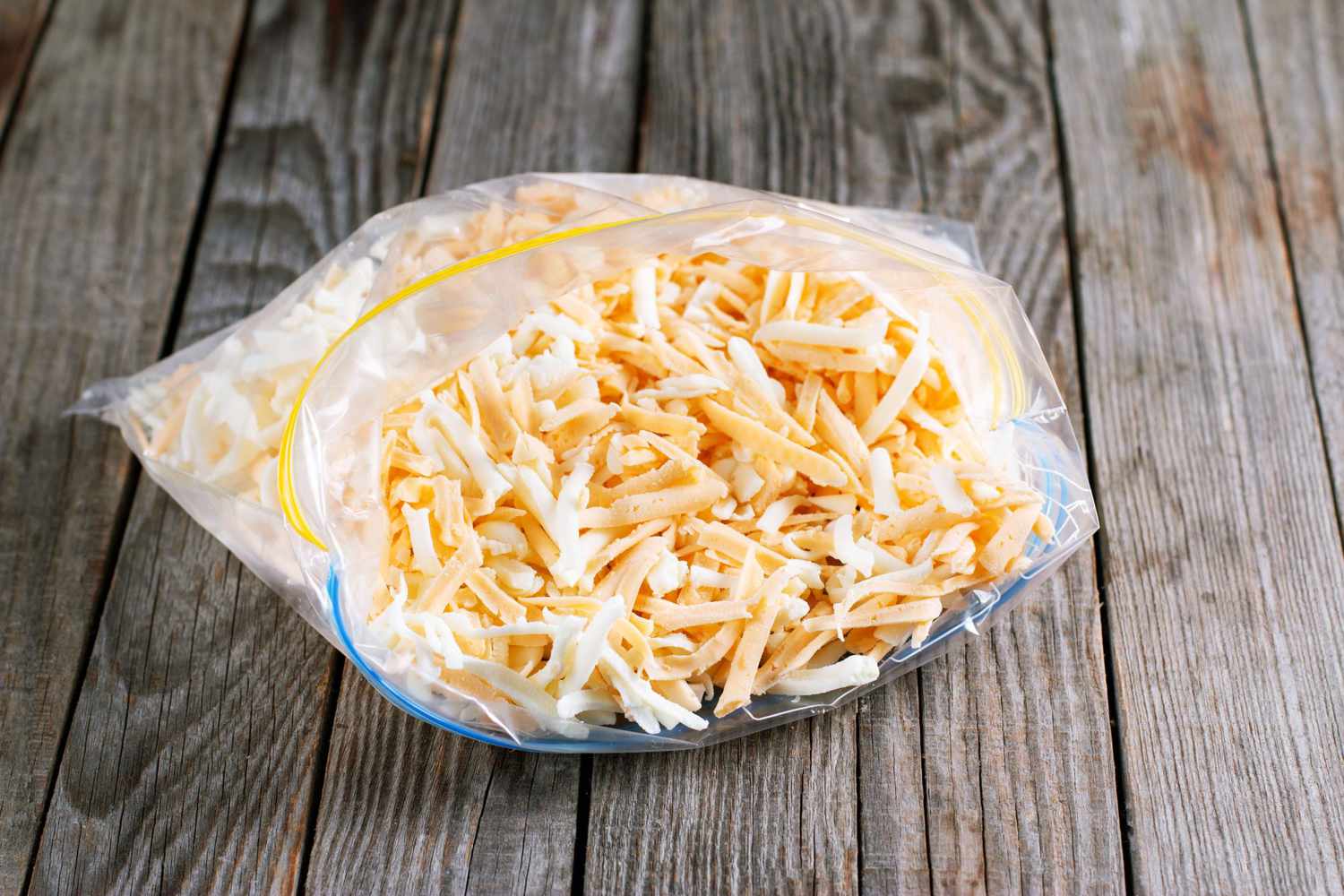
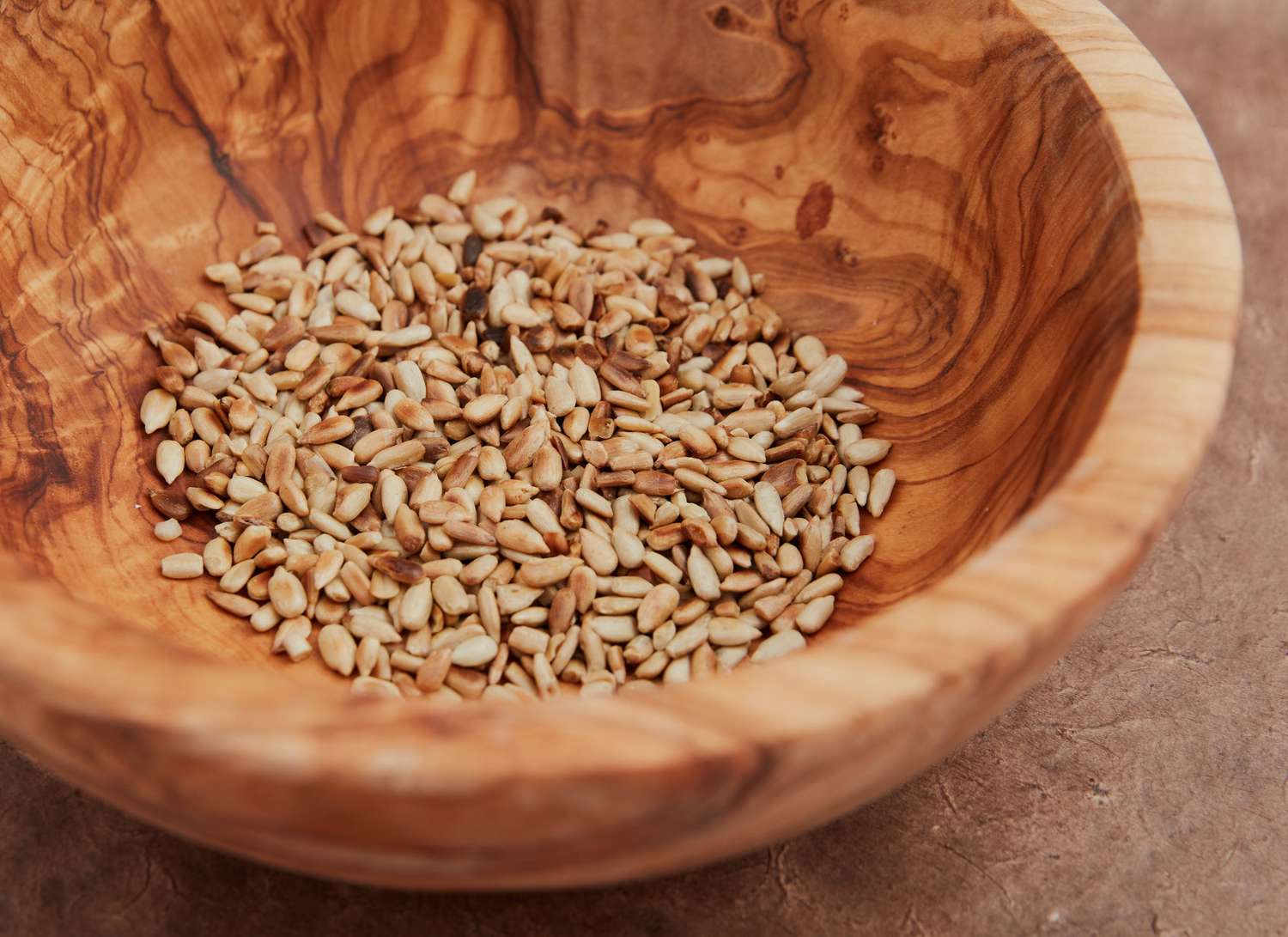
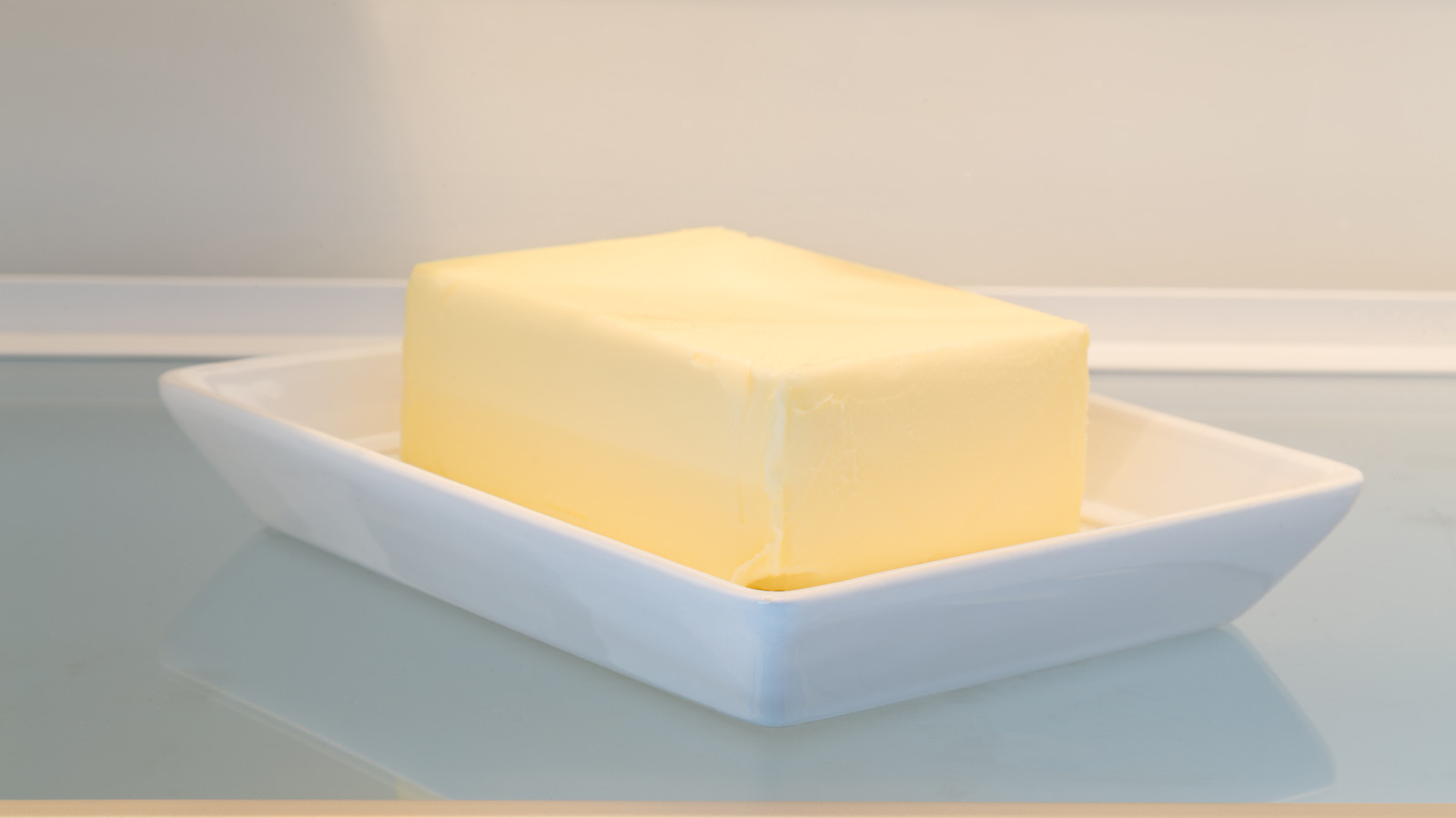
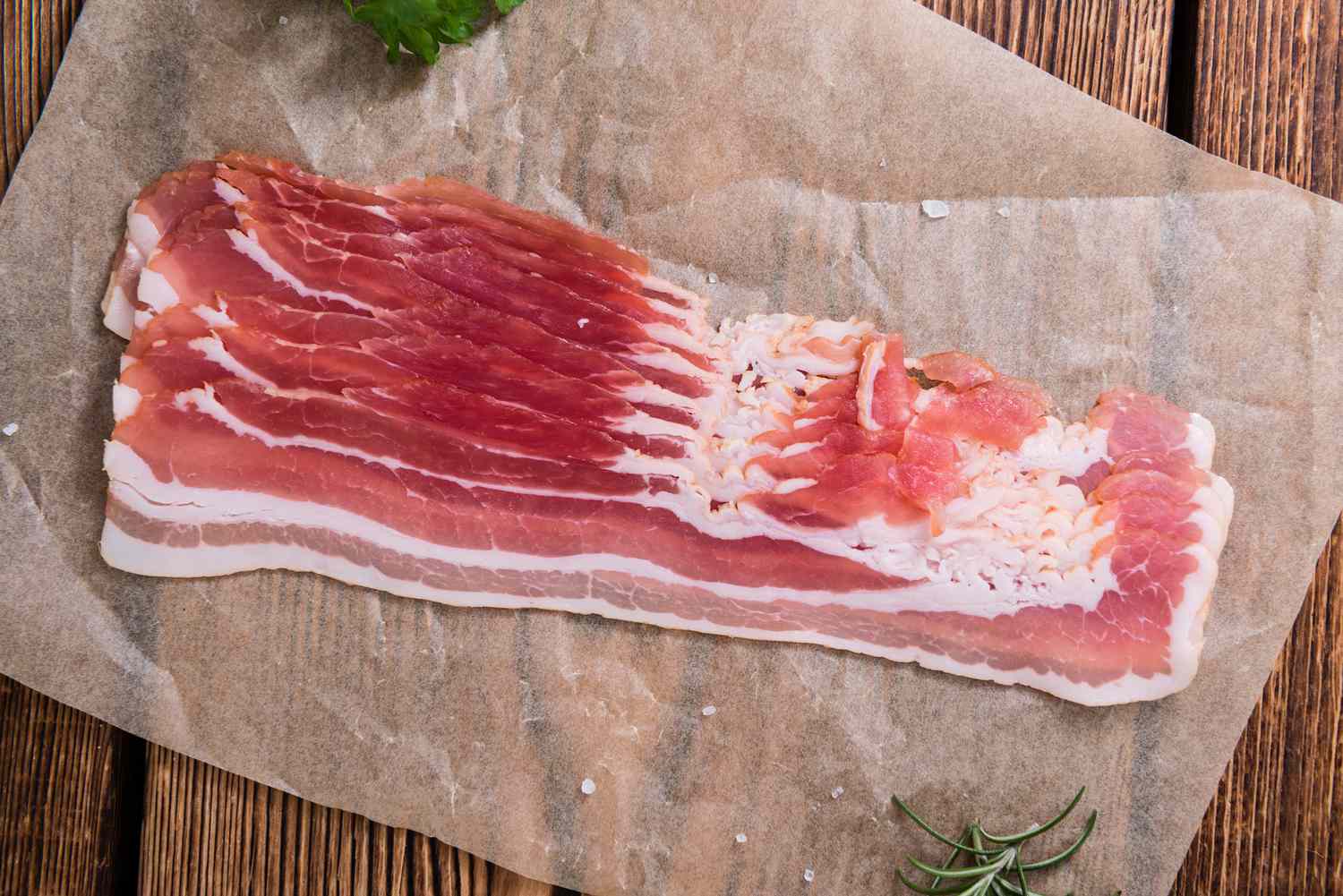


0 thoughts on “How Long Can Thyme Last”